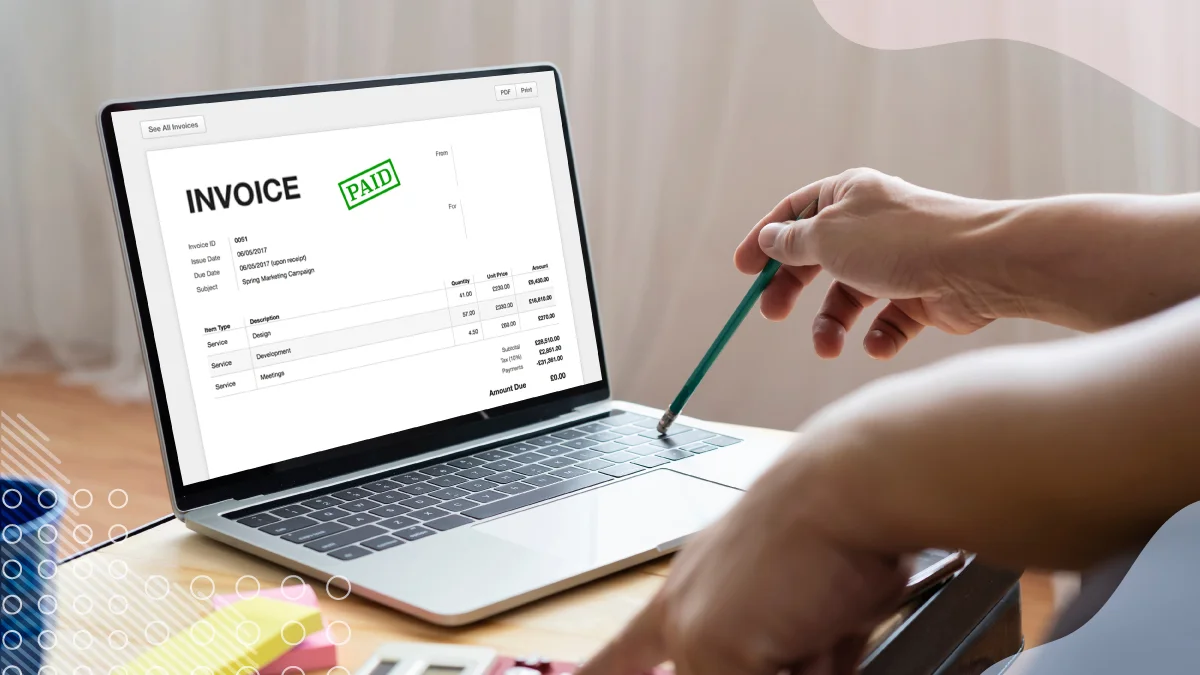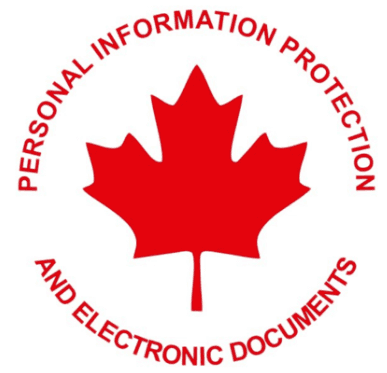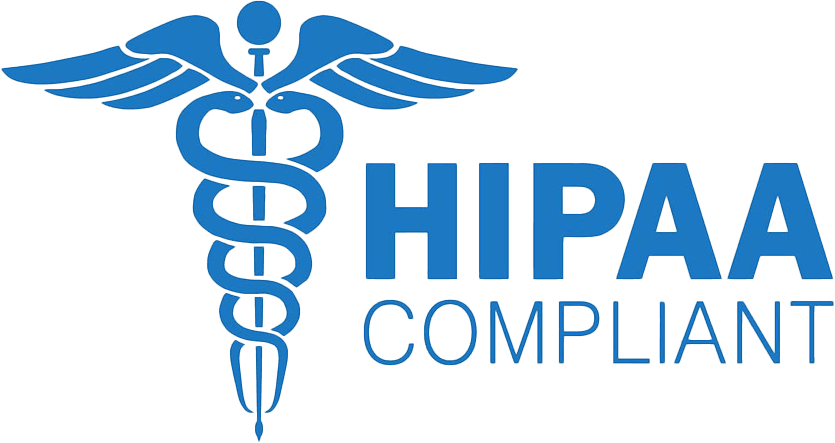Publish Date
2023-07-05
Automated Invoicing for HVAC companies
Automated Invoicing for HVAC companies
Automated Invoicing for HVAC companies
Automated Invoicing for HVAC companies




Describe your process → We'll automate it
Tell us how we can help
Provide us with your contact information so we can get back to you
Give us some details on your process
Describe your process → We'll automate it
Tell us how we can help
Provide us with your contact information so we can get back to you
Give us some details on your process
Describe your process = We'll automate it
Tell us how we can help
Provide us with your contact information so we can get back to you
Give us some details on your process
Describe your process → We'll automate it
Tell us how we can help
Provide us with your contact information so we can get back to you
Give us some details on your process
Start Automating with Wrk
Kickstart your automation journey with the Wrk all-in-one automation platform



ABout The Platform
Platform Features



Copyright © 2025 Wrk Technologies Inc. All Rights Reserved.

ABout The Platform
Platform Features



Copyright © 2024 Wrk Technologies Inc. All Rights Reserved.

ABout The Platform
Platform Features



Copyright © 2024 Wrk Technologies Inc. All Rights Reserved.

ABout The Platform
Platform Features



Copyright © 2024 Wrk Technologies Inc. All Rights Reserved.


